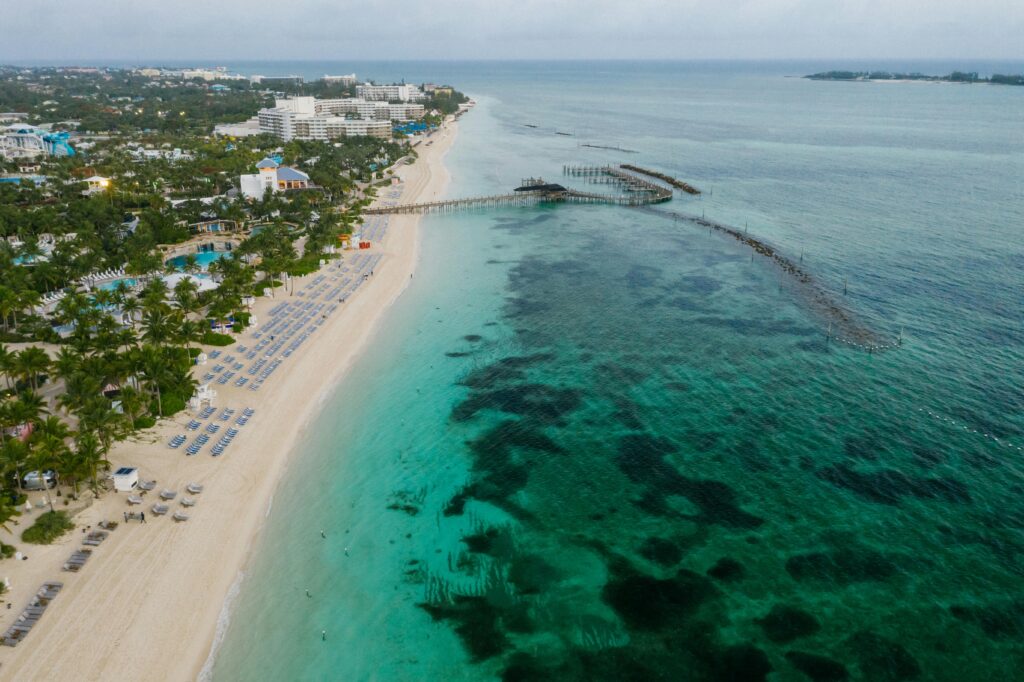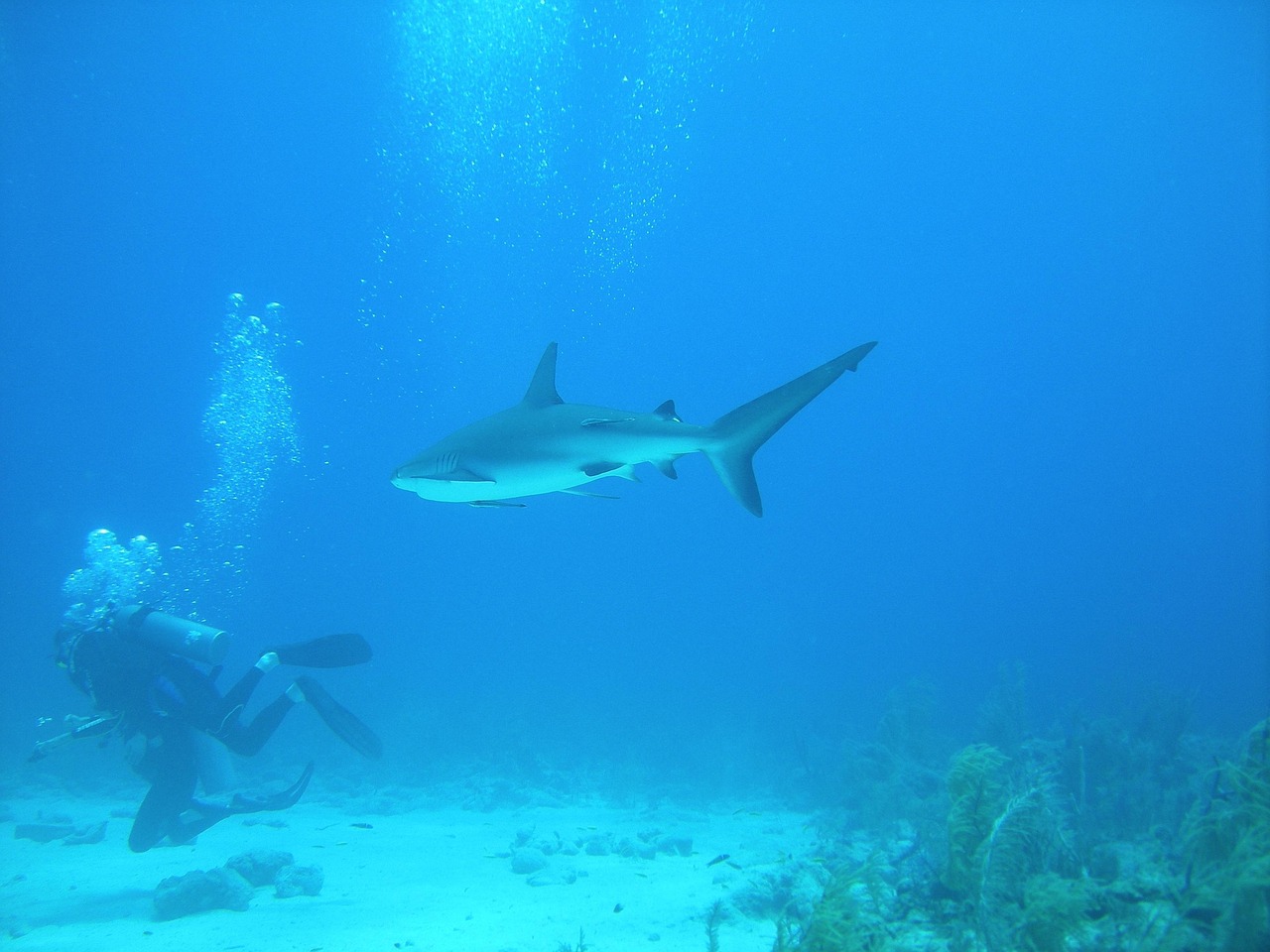U.S. officials have recently escalated concerns about the safety of travelers heading to the Bahamas, issuing a travel warning that cites not only rising crime rates in certain tourist areas but also an uptick in shark sightings along popular beaches. This dual-threat advisory has stirred debate among local authorities, tourism officials, and travelers alike.

Growing Safety Concerns
Recent reports indicate that the Bahamas is experiencing a surge in criminal activity, with incidents ranging from petty theft and robbery to more serious violent crimes. Tourists, particularly in urban hubs and less-monitored areas, have been identified as targets for opportunistic crimes. These developments have prompted U.S. authorities to warn American citizens to exercise heightened caution while visiting.
At the same time, natural hazards are compounding these concerns. Increased shark sightings, possibly linked to shifting marine patterns and environmental changes, have been reported near several high-traffic beaches. Although shark encounters remain statistically rare, their growing frequency in areas frequented by tourists is enough to cause alarm among safety officials and local communities.
Factors Behind the Warning
Several factors contribute to the heightened risk environment in the Bahamas:
- Crime Trends:
Authorities have observed a marked increase in criminal activity in areas that were once considered safe for tourists. This rise is attributed to a combination of economic challenges, strained law enforcement resources, and the allure of affluent tourist areas for criminal elements. - Shark Activity:
Environmental changes, including warmer ocean temperatures and altered migratory patterns, have led to more frequent shark sightings near shorelines. Experts note that while the majority of these sharks are not dangerous to humans, their presence in popular swimming zones necessitates caution. - Resource Constraints:
Local law enforcement and emergency services are reportedly stretched thin by the dual challenges of addressing both criminal incidents and public safety on the beaches. These strains may impact response times during emergencies, prompting further warnings from federal agencies.
Response from Local Authorities and the Tourism Industry
The Bahamas government and local law enforcement agencies are taking measures to address these issues. Increased police patrols in tourist areas and enhanced beach monitoring protocols have been implemented in an effort to deter crime and provide a quicker response to incidents. Additionally, there is a push for more advanced public safety communications, including real-time updates on both crime and marine hazards.
Tourism officials are working to reassure visitors by highlighting that most tourist destinations remain safe with proper precautions. They emphasize that visitors should stay informed through local advisories, avoid isolated areas after dark, and adhere to posted warnings about beach conditions and shark activity.

Broader Implications for Travelers and the Local Economy
The travel warning has significant implications not only for the safety of visitors but also for the local economy, which relies heavily on tourism. A decline in tourist numbers could adversely affect local businesses, hotels, and service providers. However, proactive measures—such as heightened security, improved emergency response strategies, and public education campaigns—are being pursued to restore confidence.
Moreover, the situation has sparked a broader discussion about the balance between economic growth and public safety in popular tourist destinations. The Bahamas, known for its idyllic beaches and vibrant culture, now faces the challenge of adapting to new realities shaped by both human and environmental factors.
Frequently Asked Questions
Q: What prompted the travel warning for the Bahamas?
A: The travel warning was issued in response to a rise in criminal activity in certain tourist areas and an increase in shark sightings along popular beaches, both of which pose risks to visitor safety.
Q: Which areas of the Bahamas are most affected by these issues?
A: The advisory primarily targets urban centers and less-monitored areas where crime has surged, as well as specific beach zones where shark sightings have been reported more frequently.
Q: How safe is it to visit the Bahamas now?
A: While many areas remain safe, travelers are advised to exercise extra caution by staying informed of local advisories, avoiding isolated areas at night, and adhering to safety warnings about beach conditions.
Q: What measures are local authorities taking to improve safety?
A: Local law enforcement is increasing patrols, enhancing beach monitoring, and improving public communication about safety risks. There are also efforts to bolster emergency response capabilities in both urban and coastal areas.
Q: Are shark encounters common in the Bahamas?
A: Shark encounters are relatively rare, but an increase in sightings has been noted in some areas. Visitors should heed local warnings and avoid swimming in areas where sharks have been spotted.
Q: What should tourists do to stay safe during their visit?
A: Tourists should follow local safety guidelines, monitor official advisories, avoid high-risk areas, secure personal belongings, and be aware of beach warnings regarding marine hazards.
Q: Could these issues affect future tourism in the Bahamas?
A: Potentially, yes. A sustained increase in crime or frequent shark sightings might deter some visitors, impacting the local economy. However, proactive measures by authorities aim to mitigate these risks and reassure travelers.
Q: Where can travelers find up-to-date safety information?
A: Travelers should check the U.S. State Department’s travel advisory pages, local news outlets, and official Bahamas government communications for the latest updates on safety and weather conditions.
Q: Is there any long-term plan to address these safety concerns?
A: Both federal and local officials are considering long-term strategies that include increased funding for law enforcement, advanced monitoring technologies, and community outreach programs to enhance overall safety.
Q: How does the lapse in safety services impact residents?
A: While the advisory focuses on tourists, local residents are also affected by the rise in crime and marine hazards. Community efforts are underway to improve local safety infrastructure and support both residents and visitors.

The travel warning for the Bahamas serves as a reminder of the dynamic challenges faced by popular tourist destinations. With coordinated efforts from local authorities and ongoing dialogue with the community, there is hope for a swift resolution that ensures the Bahamas remains both a safe and attractive destination for all.
Sources New York Post


